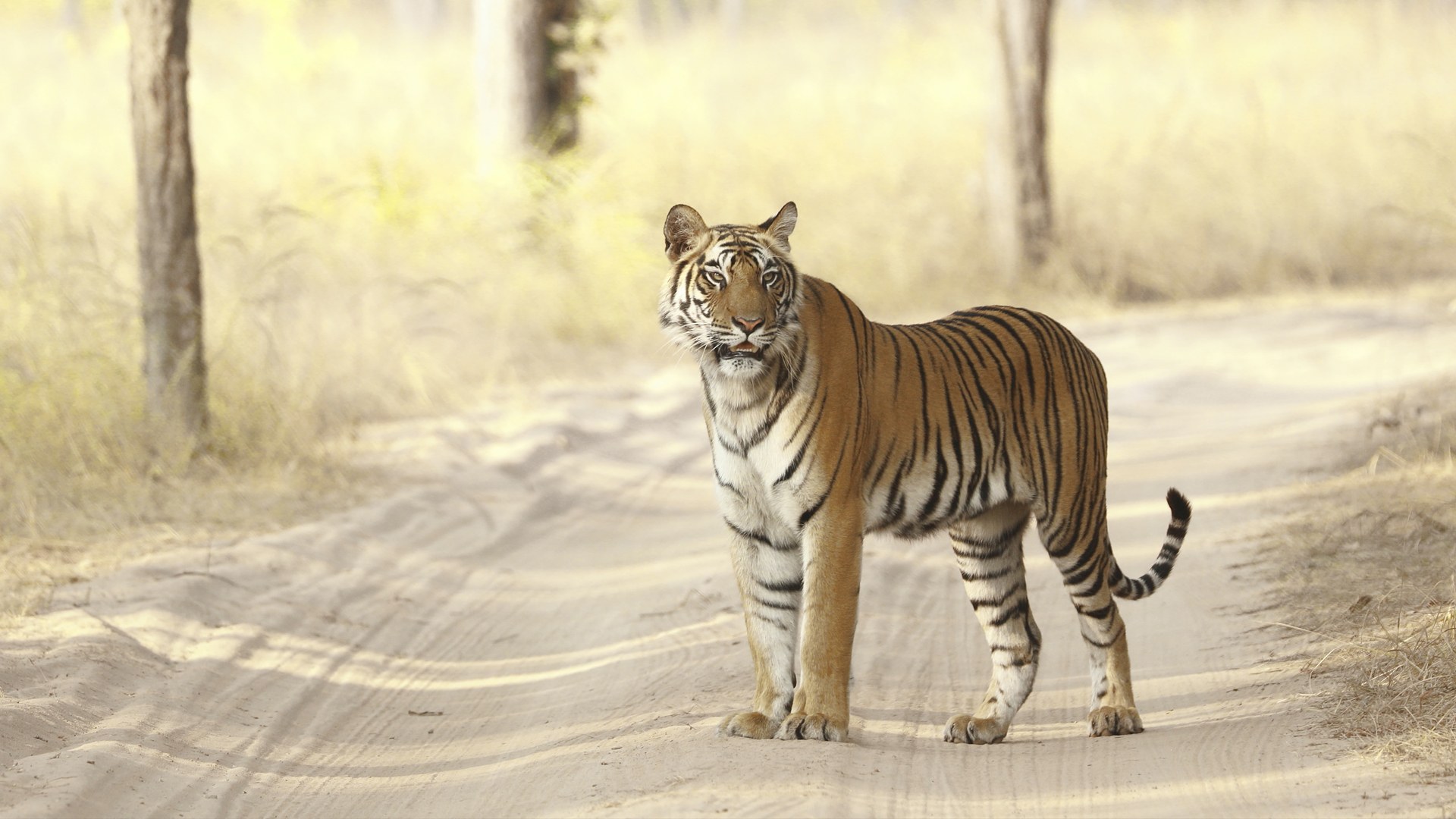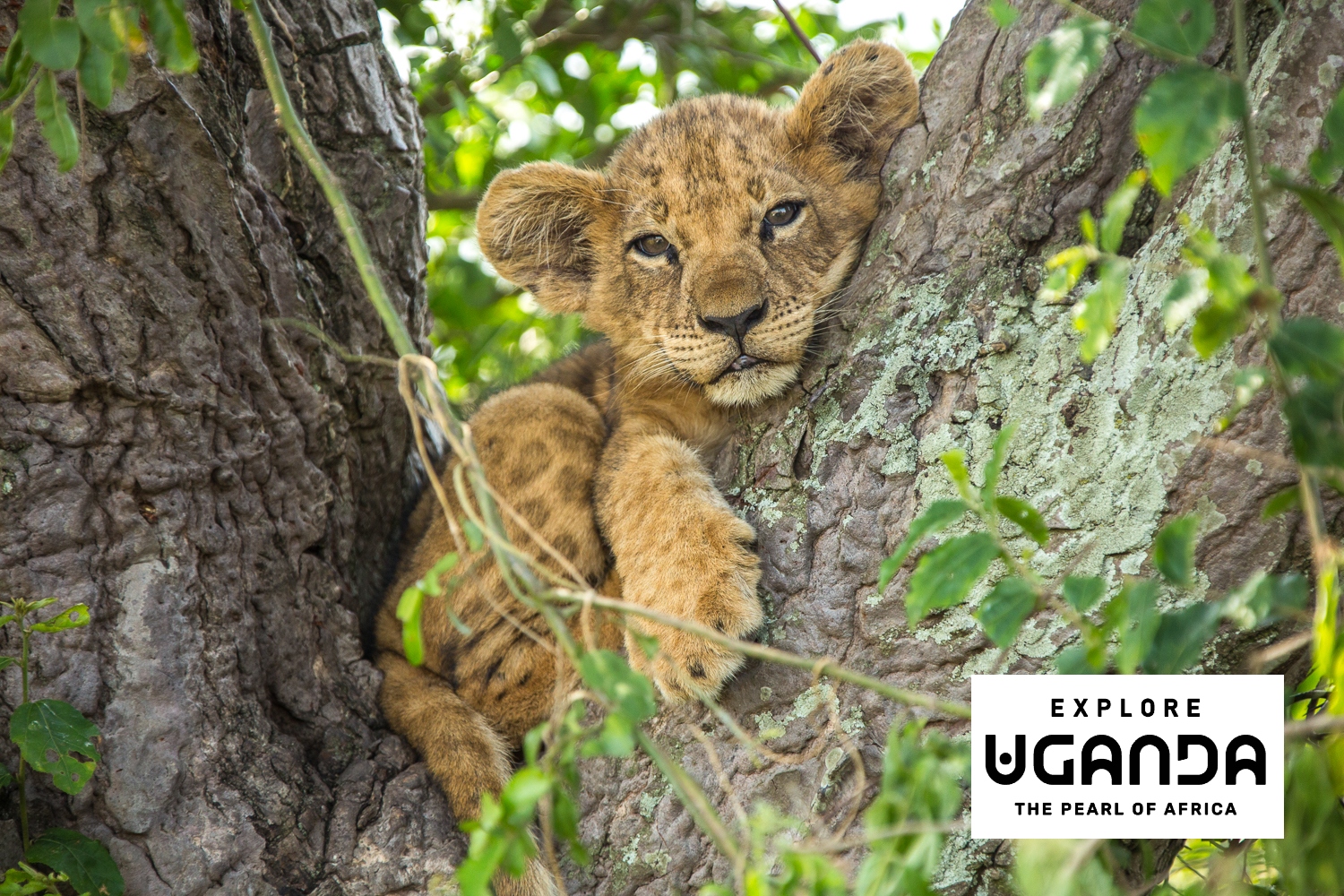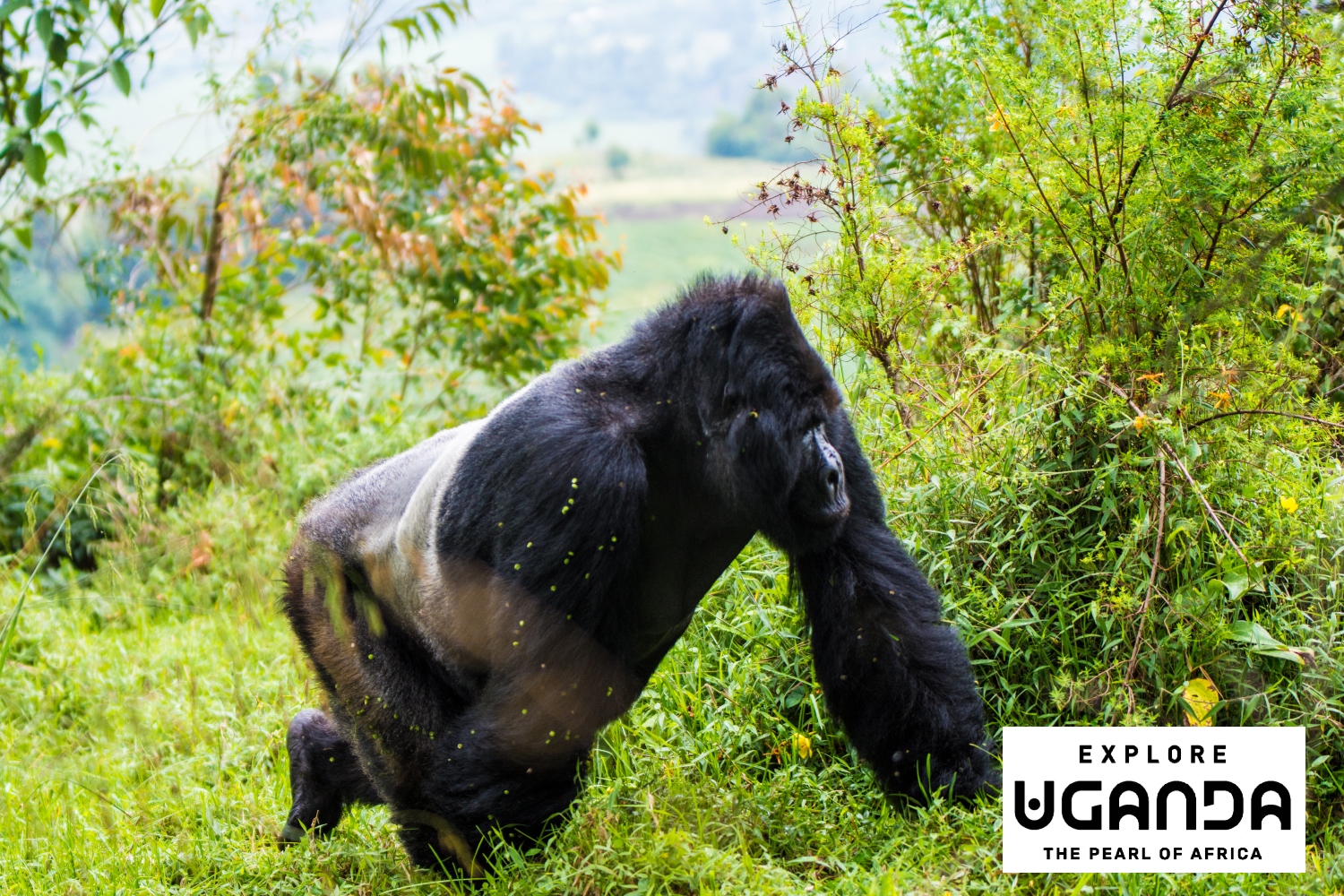AFTER SO many years of stories about animals becoming endangered there is at last some good news coming out of India.
The results of the 2022 tiger census show an increase of about 200 since the last census in 2018.
Figures also show that the wild tiger population has doubled to 3,176 from a total of 1,800 at the time of India’s independence in 1947.
The encouraging news comes as India celebrates the 50th anniversary of an intensive conservation program known as Project Tiger.
India is the largest tiger range country in the world, said Prime Minister Narendra Modi on the official release of the census.
These are the results of our conservation culture and people’s involvement.
The decline in the tiger population also held worrying implications for the nation’s environment because the apex predator is part of a complex but fragile ecosystem.
The statistics are supported by Neil Rodgers, Managing Director of Adventure World, who recently returned from a wildlife research trip in India.
He reported numerous tiger sightings including a mother and her cubs while exploring the core jungles of Corbett National Park, including the lesser visited Vaghat region in the northern periphery.
The resurgence of India’s tigers represents a triumph for conservationists and the travel and tourism industry has contributed greatly to this cause as tigers are now viewed as a sustainable economic benefit for the local communities rather than as a nuisance, he said.
Their protection not only creates jobs in rural regions it also ensures environments are protected and biodiversity continues to expand.
Mr Rodgers added that India presents wildlife enthusiasts with much more choice than that of the tiger.
The National Chambal Sanctuary offers travellers the opportunity of a water-based safari experience where there is an abundance of the remarkable and endangered gharial viewed by boat or canoe.
Bengal tiger, leopard, dhole (Asiatic wild dog) and the endemic sloth bear sightings are best viewed at Satpura Tiger Reserve, one of the largest parks in Madhya Pradesh.
India also welcomed its first newborn cheetahs in March, more than 70 years after big cats were officially extinct in the country.
The cubs were born to two rehabilitated cheetahs brought from Namibia as part of a government plan to re-home 50 individuals over the next five years.
Neil Rodgers, Managing Director of Adventure World










